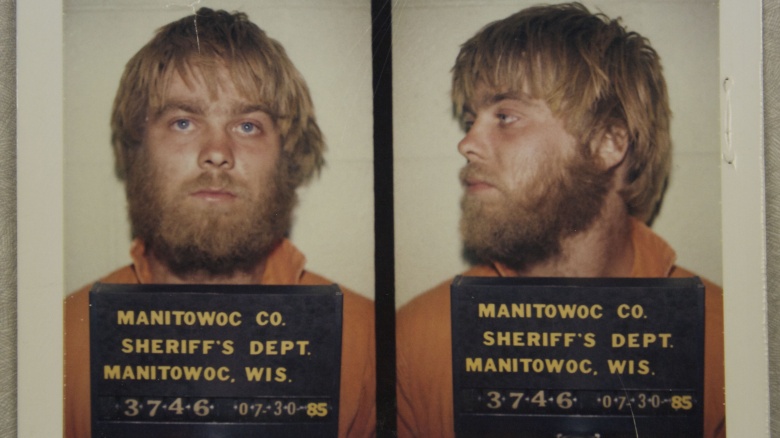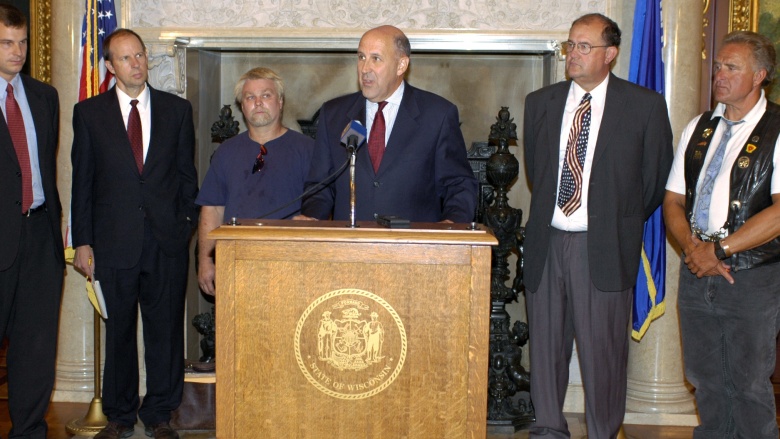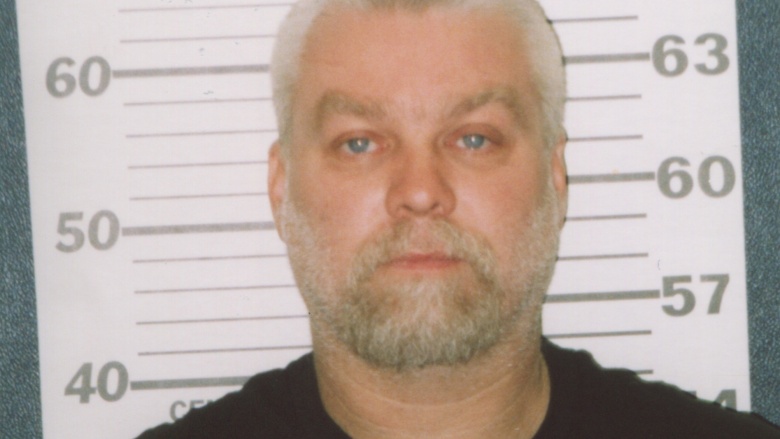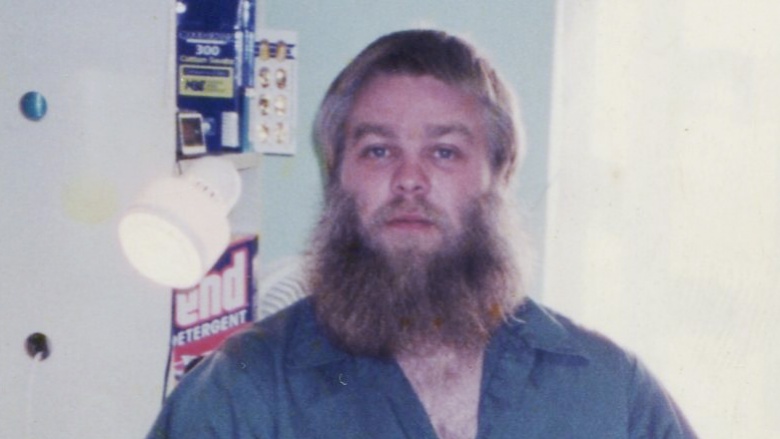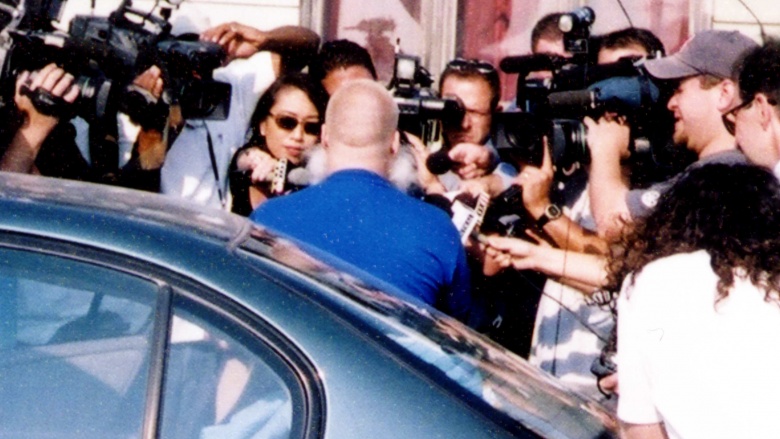The Evidence We Didn't See In Making A Murderer
Making a Murderer is one of the hottest topics of national discussion, due to the questions it raises about the justice system. If you've avoided all the noise the documentary has raised, here are the basics: the Netflix doc dissects the bewildering case of Steven Avery, a Wisconsin man who spent 18 years in prison for a sexual assault that he didn't commit. Avery was freed and started legal proceedings against the local government who put him away. But he was eventually sent back to prison after he was convicted of the murder of photographer Teresa Halbach, another crime he says he didn't commit. The doc is divisive, with a majority of the public either outraged over what happened to Avery or over how a lot of facts seem to be omitted. Critics of the series, like prosecutor Ken Kratz, are vocal about the fact that the pro-Avery filmmakers skipped over lots of critical details and specific evidence that did not support their theory or angle of the case.
The filmmakers supposedly omitted 80 percent of the evidence the jury saw, according to Kratz's Maxim interview. However, the filmmakers told The Wrap that the trial was six weeks long so they could not include every single piece of evidence presented, which is understandable. But here is some of the key evidence viewers didn't get from the series.
Not Blood, But Sweat
Avery's DNA was found on victim Halbach's car. It was not blood evidence, which could have veritably been planted by police. It was actually sweat, from his hands, even though Avery says he never touched the vehicle. As Kratz asked, "Do cops have a vial of his sweat that they carried around?," intimating that perspiration is quite difficult to plant.
Personal Effects
The victim's phone, her camera, and other items from her purse were allegedly found burned in a barrel on Avery's property. Kratz also claims that two people stated that they saw Avery put Halbach's personal effects in the barrel, according to his Maxim interview.
Animal Cruelty
The documentary doesn't hide Avery's animal cruelty, but it appears to gloss over the severity of his abuse of a cat, for which he was punished. When discussing the incident in the doc, Avery does admit his crime, saying that he was young and stupid when he messed around and tossed a family cat over a fire. In actuality, he doused the cat with a flammable substance and threw it into the fire, according to the Associated Press. That suggests that his action was much more deliberate—and therefore more heinous.
Magic Bullet
Katz told People about key ballistics evidence that could not have been planted—a bullet found in Avery's garage had the victim's DNA on it. That bullet was also fired by gun that Avery kept over his bed and it was fired before November 5.
Phone Records
The doc also neglects to share the details of phone records, according to ABC. On the day of her murder, Avery reportedly called Auto Trader, the magazine for which Halbach provided photos, specifically requesting Halbach to come shoot at his salvage yard again. Avery also allegedly called Halbach three times that day and twice used a phone number blocking feature known as *67.
Torture Chamber
Katz told Good Morning America that Avery drew a picture of a torture chamber that he hoped to use. He reportedly created this illustration while in prison, which means the inmate sourcing there could very well be suspect.

